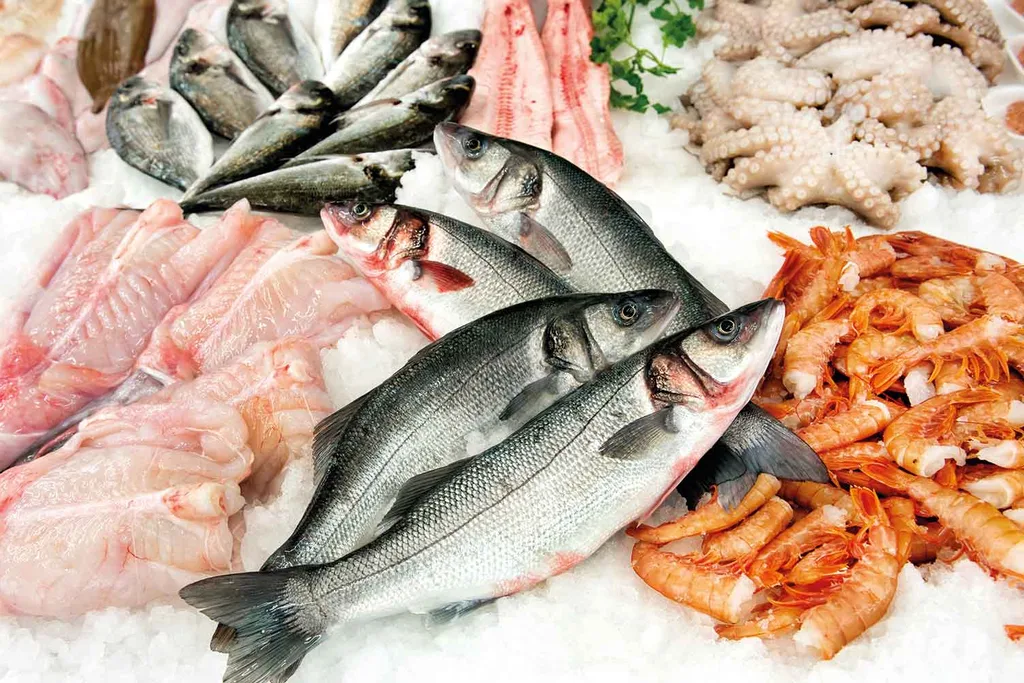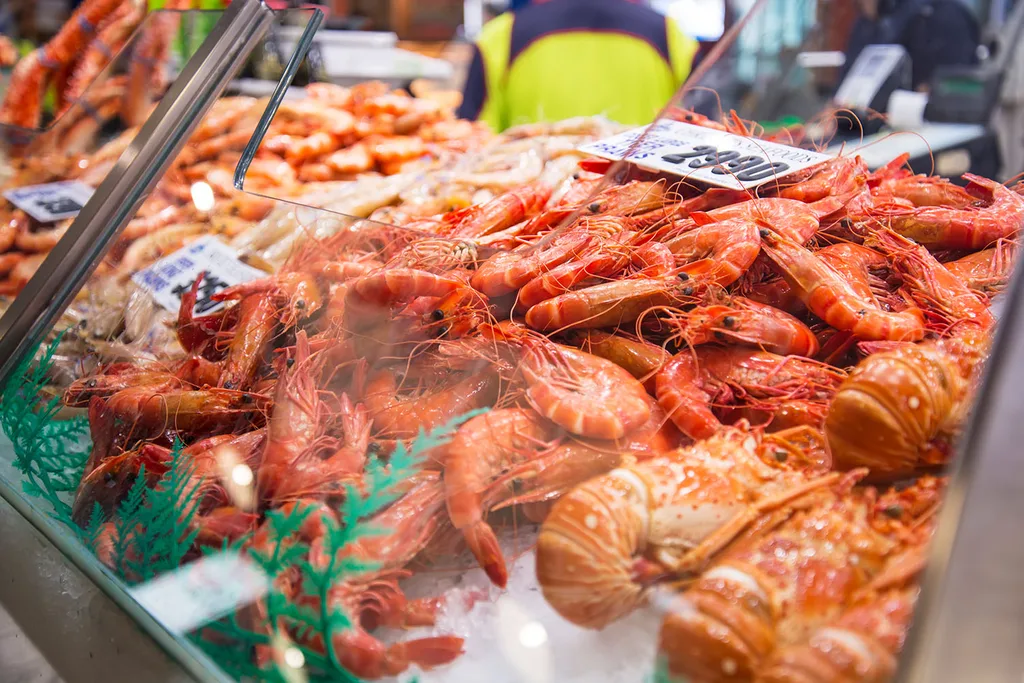As any foodie will tell you, there’s nothing better than cooking up a storm with fresh, local ingredients. Produce that’s fresh from the market is fresher, tastes better and lasts longer. However, when it comes to shopping for seafood, there are a few tricks that are worth having up your sleeve to ensure you snag the freshest catch of the day.
Alex Stollznow is Sydney Fish Market’s Tour Guide and Fish Expert, and he has revealed his top tips for selecting the best seafood, to guarantee a great seafood feast every time.

1. Assess the physical appearance
“Fresh fish and seafood should look bright and lustrous. When purchasing fish fillets and cutlets, there should be no discolouration or bruising. When purchasing crustaceans and molluscs, look for brightly coloured, lustrous shells or flesh with no discolouration around the joints. Shells, heads and tentacles should all be intact.”
2. Ignore cloudy eyes
“People often mistake cloudy eyes for being a red flag when it comes to choosing seafood. Cloudy eyes could be caused by something as harmless such as melting ice. Look to see whether the eyes are full and firm, this will give you a much better indication of freshness.”

3. Check the gills
“When buying whole fish, the gills are the best visual part of a fish to work out its freshness. A healthy, fresh fish should have pink, red, or purple gills. Avoid any fish that have brown, grey, or black gills. Your friendly fishmonger will be able to show you the gills and help you select the best fish.”
4. Check the shells
“When selecting crustaceans, try to choose those with the firmest shells possible, as the meat inside is in peak condition compared to softer shells. Crustaceans shed their shells and undergo a regeneration process that reduces the quality and flavour of the meat during this time. Soft shells can be eaten whole and are best prepared deep-fried.”

5. Give it a sniff!
“No matter what seafood you’re looking for, whether it be fish or crustaceans, smell is the most important factor when looking for fresh seafood. A salty and/or seaweed smell is a great sign, but you should avoid any seafoods that have an unsavory smell. There can be lots of different smells at a fish market, so ask a fishmonger for a pair of gloves so you can hold the seafood up to your nose to get the best sniff possible.”
Expert tip:
“Be sure to keep your seafood chilled and refrigerated until time of cooking to ensure freshness. If you can’t find a specific type of seafood for a recipe, a good fishmonger will be able to recommend some good alternatives to try instead.”
This article originally appeared on Better Homes and Gardens.
You might also like:
Five Insta-worthy foodie interiors
This ingenious hack will stop your avocado going brown
Le Creuset’s pet collection will make your designer dog’s day
 Getty images
Getty images










